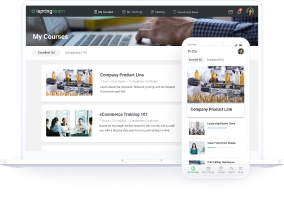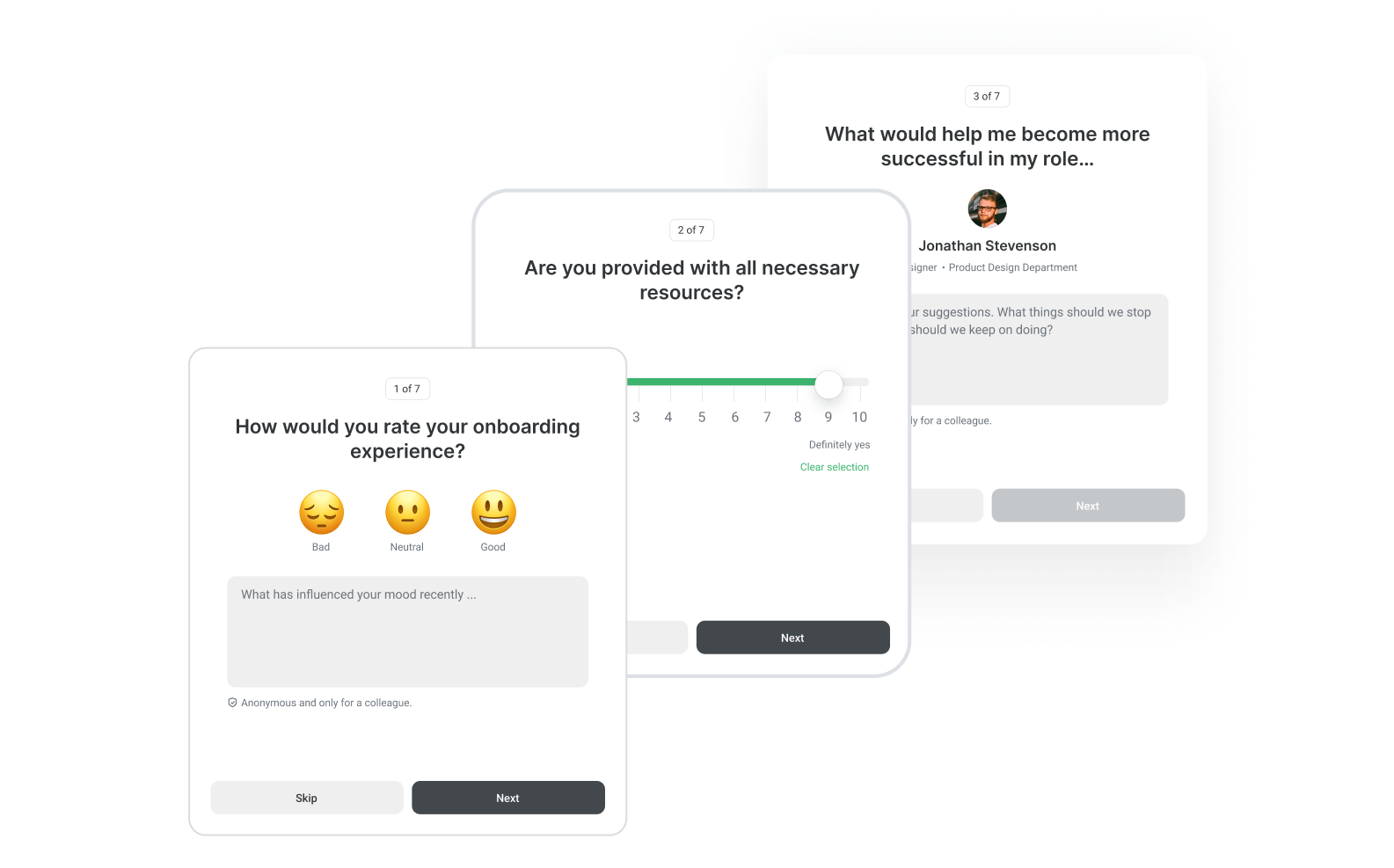Employee Onboarding Metrics to Track in 2025

“Ah, another new hire to onboard! 
Why Measure Onboarding Success?
The very first question you might have is “Why in the world do I need numbers and formulas to assess my onboarding success?” It’s common knowledge that “retaining employees for at least several months” is already a nice KPI, and there are two simple states of the new hire: they either stay or leave. But we’re here to dig deeper, right? So, let’s visualize the new hire’s working journey and see where you can win the hunting game and where you lose.
The new hire onboarding process and working journey
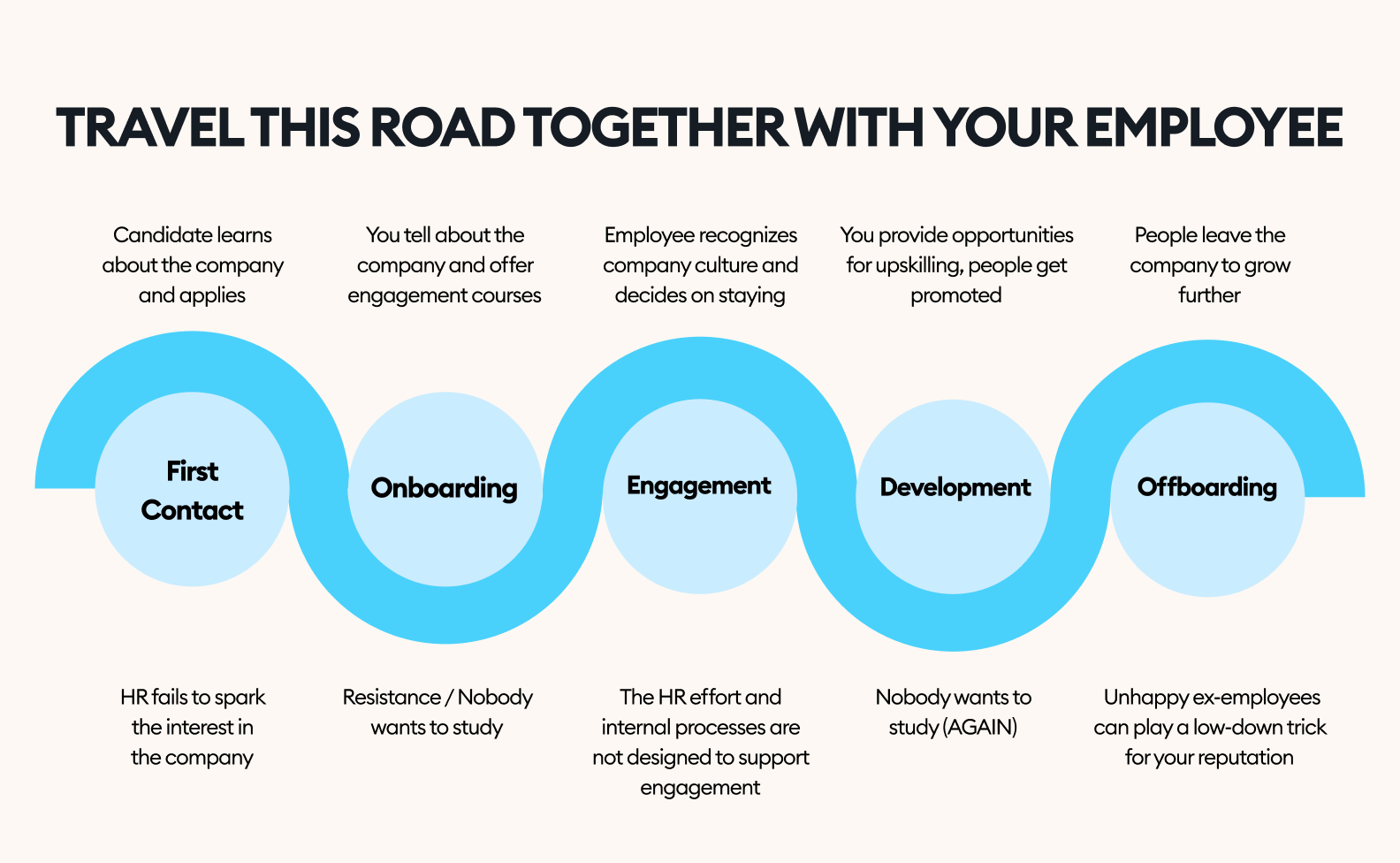
The New Hire Journey
First contact
At the beginning of the hiring process, we have the first encounter, when the candidate learns about the company and speaks with HR. At this point, HR staff themselves ARE a company, and their task is to spark the interest of the candidate. Fail to do so, and you can lose the candidate right away. Understanding the failures made at this stage through onboarding metrics can help improve it.
Onboarding
After this, the onboarding phase starts. But you suddenly realize that they didn’t adopt any advice and have learned nothing. Why? Maybe the course was too hard/long/boring. Maybe the employee just doesn’t want to complete training. Or… was it even relevant for their specific role?
We asked an award-winning eLearning expert, Alexander Salas, to share his experience on what good and bad onboarding might look like, and here’s what he said:
“An onboarding course is the perfect opportunity to show new team members the care and enthusiasm the company has because of their recent arrival. An example of a poorly composed learning course is a lackluster effort, with all the “expected behavior” a.k.a. a list of chores to do, compliance training, or even worse, a one-hour webinar recording of an old orientation session. As for good onboarding, there should always be two components: What is superhelpful to the employee personally, and “where” the organization needs the employee “to be” at various key points in their progression.”
Engagement
Engagement starts with the very first interview and lasts… forever (until departure). But the first six months are the most precarious period, during which you can lose employees who couldn’t engage. And your task here is to find out exactly why they left.
Development
Growth and development imply continuous learning by the employee after they complete onboarding and continue building their career path in the company. Successful employee development fosters long-term retention and business success; this is why delivering learning opportunities that actually matter and motivate employees is an essential task for every company.
What can go wrong here? Literally EVERYTHING: from insufficient engagement by management or a poor learning path to an unwillingness to study (AGAIN!), which shows a lack of motivation. How do you know what went wrong? That’s right, analytics and successful onboarding metrics!
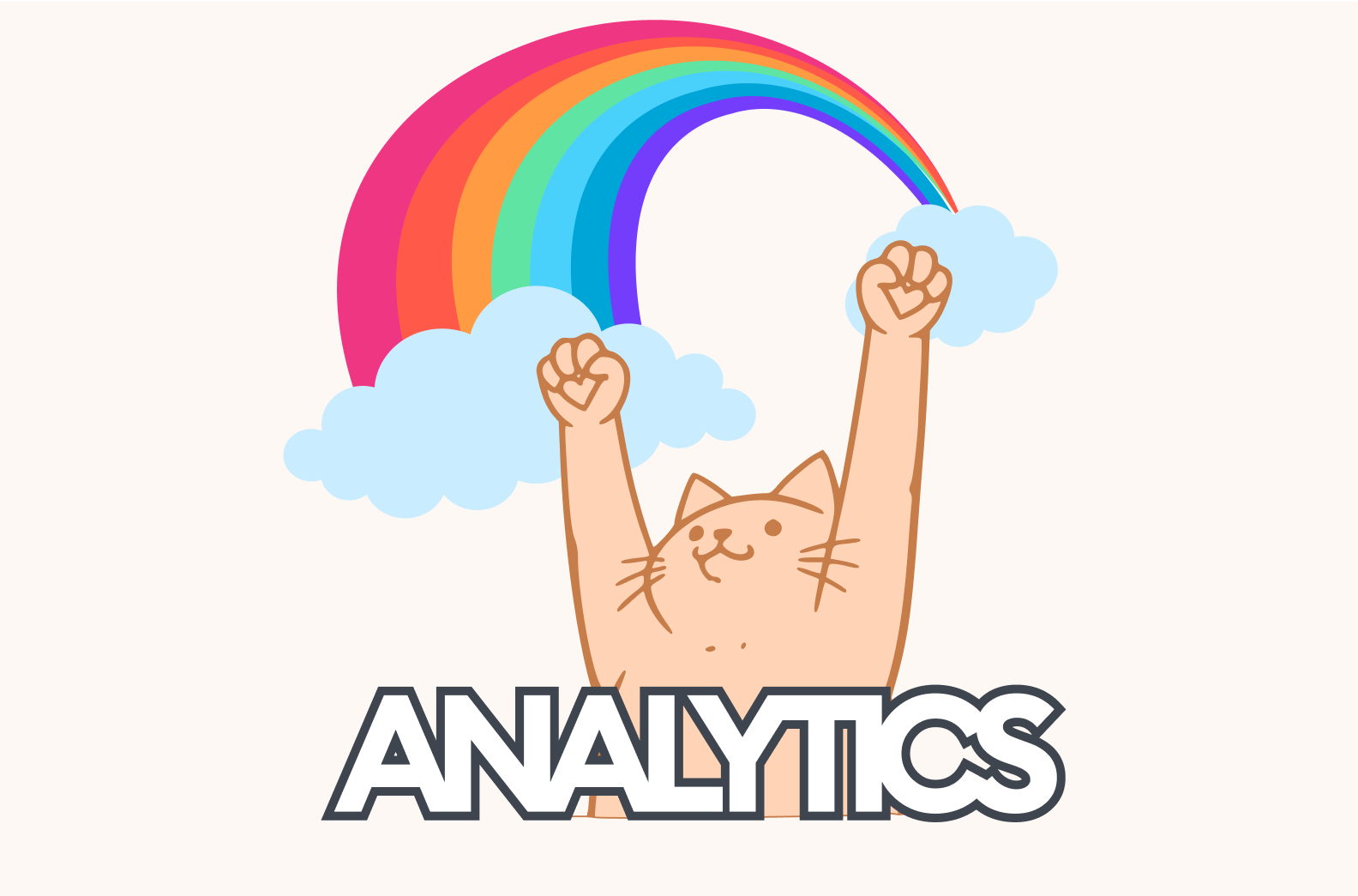
Offboarding
What is really final, though, is offboarding. Your company alumni are literally your hidden marketing agents: depending on their level of satisfaction, they can promote you among your potential employees or negatively affect your reputation. How can you win here? Measure job satisfaction while you still can. And improve it, if needed.
Employee Onboarding Metrics in a Nutshell
OK, so what are new employee onboarding metrics? Basically, they’re part of a long list of recruiting metrics. These are specific measures (quantifiable or not) that help in the evaluation of a company’s new employee onboarding process and enable businesses to improve this process. They throw light on how efficient these processes are, if employees are happy, if training is good, and if the onboarding process is bringing success to the business.
Once you collect enough new hire data to be analyzed and understand these HR metrics for onboarding, you’ll clearly see what you need to aim for and which parts of your HR must be strengthened.
The TOP 6 Secret Ingredients in Your HR Potion: Key Onboarding Metrics to Track
Be careful as you read on! Your onboarding process can suddenly improve and shape a productive and dedicated team! We mean it — an overwhelming 96% of Jitasa employees became more engaged in eLearning after they adopted an LMS and started examining new hire onboarding success metrics. And this is possible for everyone.
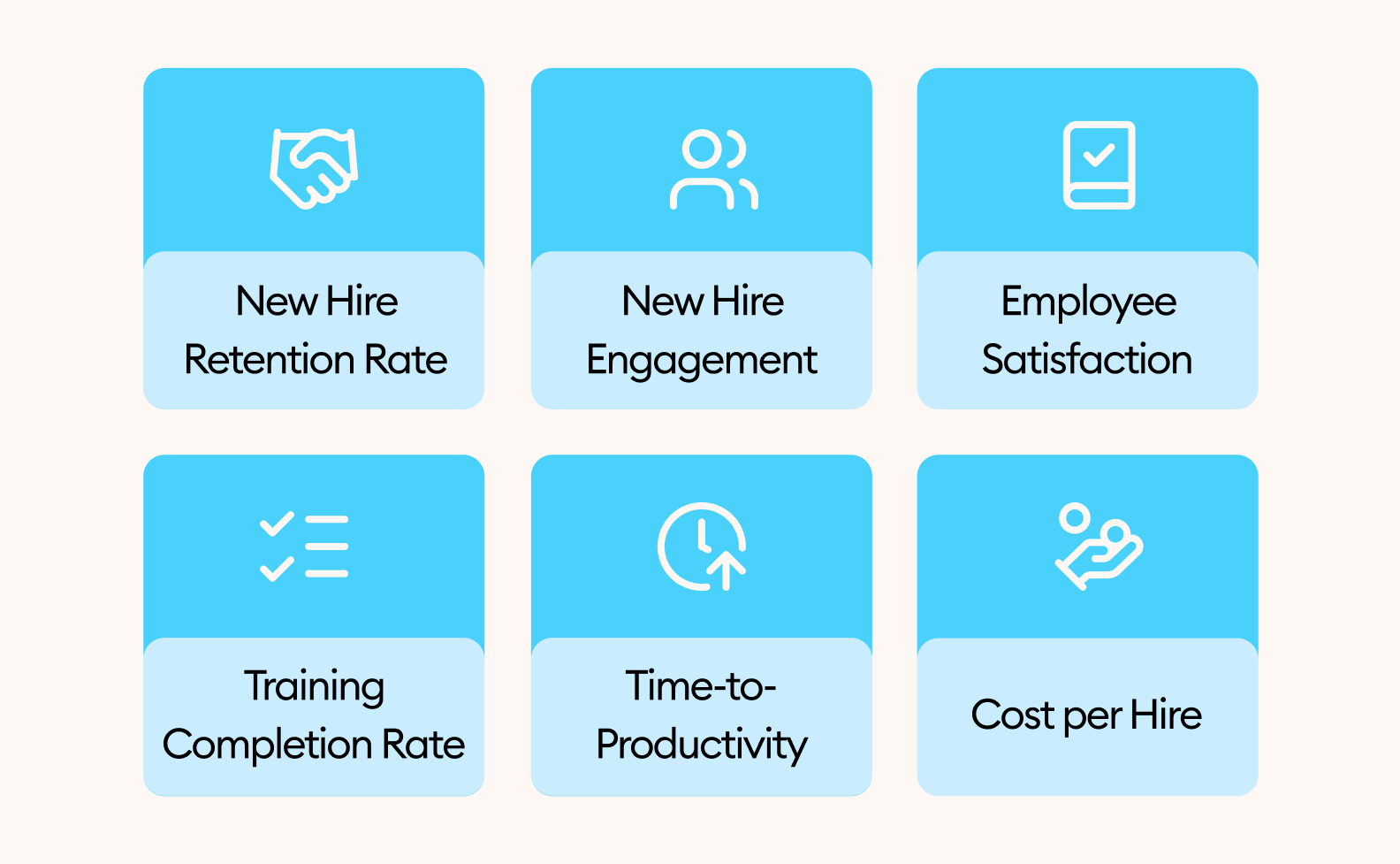
The most important onboarding metrics to focus on
1. New hire retention
Of course, understanding how many new employees want to keep working in your company is a core metric. Every employee that leaves means lost time and money and the need to put even more resources into finding a substitute. So, the bigger percentage of retained staff you get, the better.
New hire retention rate formula
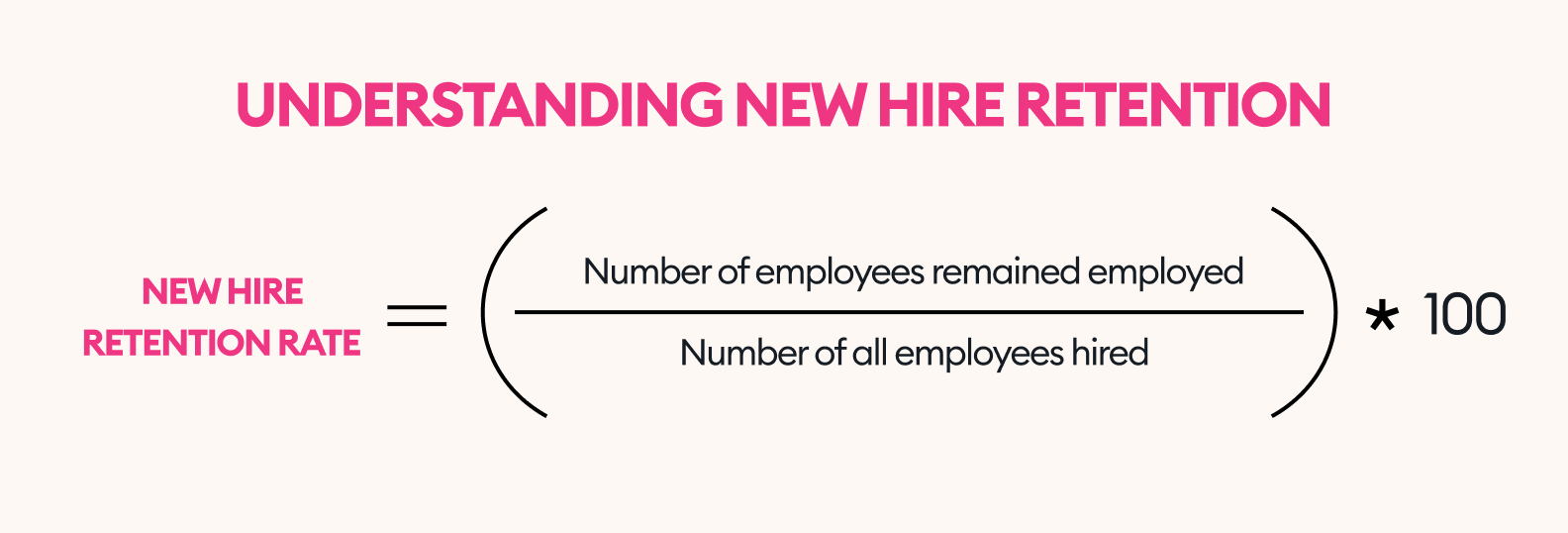
New hire retention rate formula
The standard onboarding strategy offers 6 months as the standard period for retention rates, but you are completely free to choose whatever period you wish. What is more important here is to track this metric often enough to capture the moment that employee turnover suddenly grows. This will help you anticipate and prevent sudden employee gaps, reducing overhead costs and ensuring stable company operations.
2. New hire engagement
What helps us retain people? Obviously, retention is due in no small part to employee satisfaction and engagement. And you can measure them both. To get a fuller understanding of how engaged your employees are, you’ll need to assess several metrics like employee Net Promoter Score (eNPS), absenteeism, and more. Let’s explore one of them more closely — we truly believe that eNPS is the gold standard formula, showing both how well your employees know your company and products and how much they appreciate them.
The gold standard of onboarding metrics: the employee eNPS formula

Employee Net Promoter Score Formula
This is what we often hear from those who use this metric for the first time: “Who in the eNPS metric are the promoters and detractors?!” Here comes the explanation! To find out, you’ll need to ask all your new employees just one question: “Would you recommend someone to work in our company?” On a 10-point scale, the ones who choose 1 to 6 are your Detractors, and the ones who choose 9 to 10 are your Promoters.
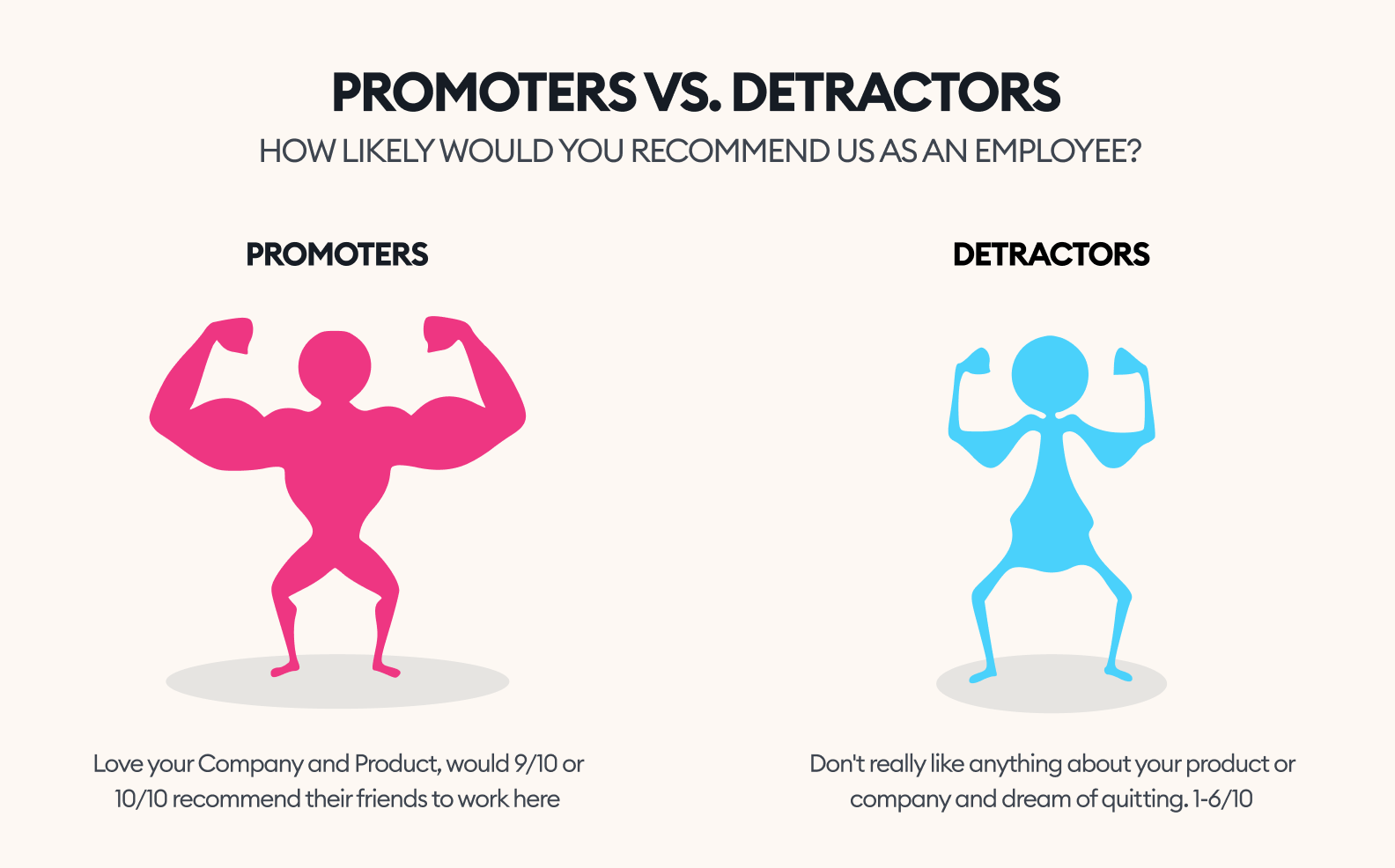
eNPS Promoters vs. Detractors
3. Employee satisfaction rate and new hire turnover rate
Employee turnover measures how many new hires leave their job within the first year. Many employees resign because they don’t feel satisfied with their new job in one way or another, evidencing the correlation between these two metrics.
To gain info about the level of employee satisfaction, just talk to them. We are your biggest fans if you often talk to your employees: have one-to-ones, or conduct feedback interviews. But if you can’t talk to them in person, it’s also OK: you still can get your employees’ feedback through questionnaires and corporate games.
The reasons to be unhappy
So why might employees not be satisfied with their onboarding and work and provoke voluntary turnover or involuntary turnover? There are plenty of reasons, like a weak connection with the team or company, work pressures, a lack of work-life balance, slow professional growth, and more. A poor onboarding process can also form a negative onboarding experience, especially if we’re talking about the first weeks after they start their career at your company. To find out what’s gone wrong, track adherence to the onboarding process and if the training was completed successfully.
4. Training completion rate
Even if the employee is eager to learn, they won’t be happy to learn whatever you offer if it is too boring or irrelevant. Here, we mean a poorly built onboarding process, weak key performance indicators for onboarding, or no LMS at all. The training completion rate will illustrate that something is wrong with your course and, fortunately, show where this “something” is if you find out the exact point at which participants disengage.
Training completion rate formula
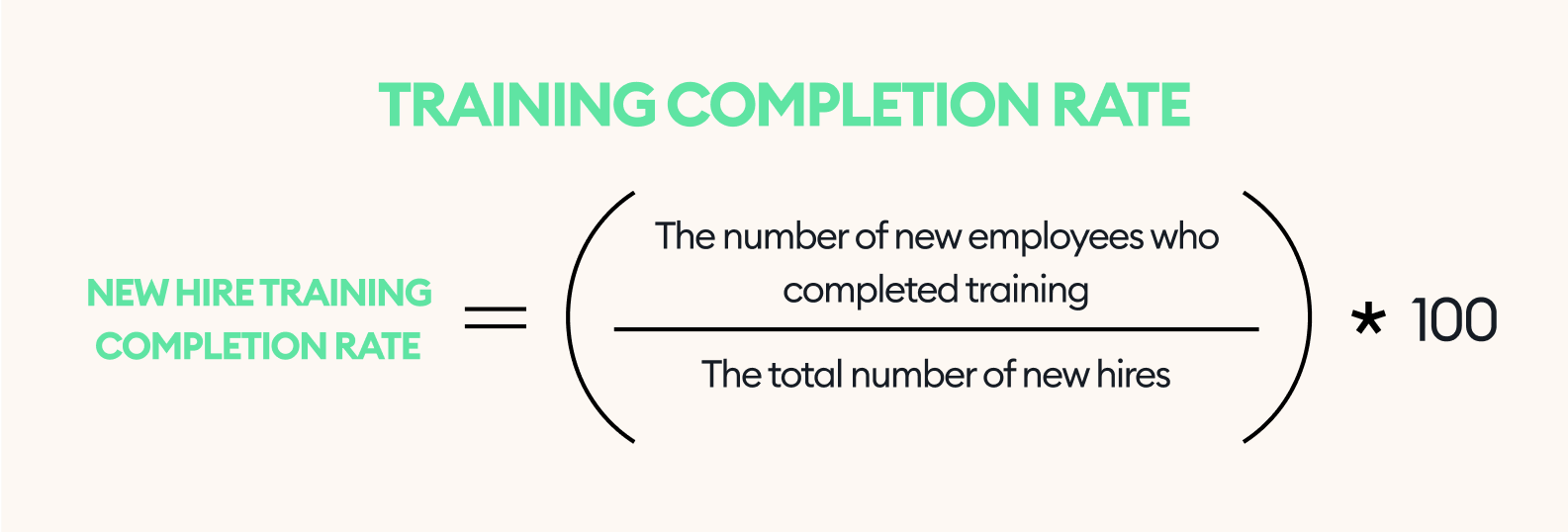
Training completion rate formula
Of course, it’s always possible that the employees you hired just don’t like the onboarding program format. You can discover this only after you assess the employee satisfaction rate (see above). At any rate, you can always change the format, improve your onboarding efforts, and offer some new employee experiences, such as a mentorship program or microlearning opportunities.
Alexander Salas shares:
“The best way to ensure onboarding is “on-boarding” is to make it a cultural thing. It means having a consistent message and set of expectations everyone can talk about as an experience. I once helped a client revamp their onboarding experience by integrating Augmented Reality (AR) interactions, where new employees were given a QR code to use an app that would make the onsite objects an interactive experience. For example, a portrait of the CEO comes alive in the form of a video to welcome you. This is an experience people talked about during their first weeks and following years.”
After your employees have successfully passed the initial onboarding process (which is certainly happening!), it’s time for them to get productive.
5. Time to productivity (TTP)
Time to productivity is one of the key metrics that literally measures how many days it takes for an employee to reach the level of productivity and competence they are expected to provide. Basically, it’s the amount of days they work in your company before they work as expected. Spoiler: there is no confirmed number of days to judge if the time to productivity is within parameters or not. So how do you know what to count?
Time to productivity formula
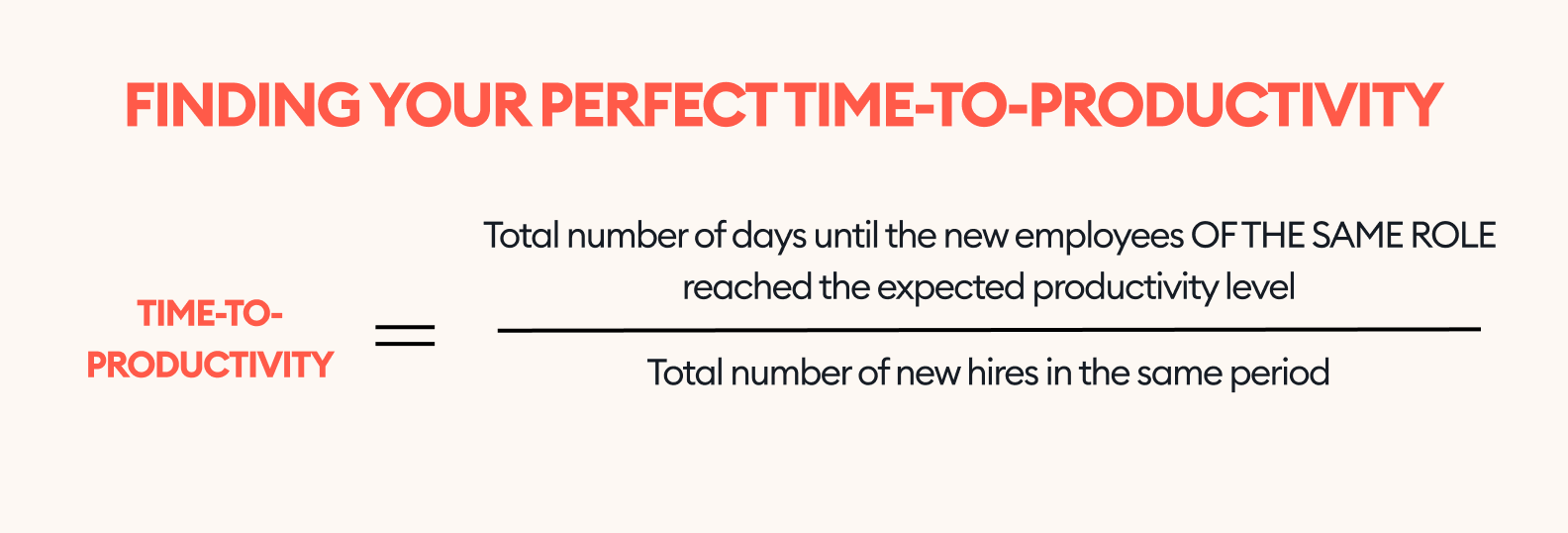
Average Time to Productivity formula
It’s important to include employees of the same role in this formula because different roles (compare engineer and office manager) sometimes require seriously different amounts of time to become competent.
Look closer at the employees who have worked in your company for a while. Examine the best performers and the worst performers for the same period: how fast did they reach their first milestone? This will help you to assess if the number you got in the formula is close to reality or needs some amendment.
6. Cost per hire
Finally, regardless of whether your employee stayed or left, you need to know how much it costs to attract them in order to measure onboarding success correctly.
This metric shows how much money you spend on an average employee. It is believed that a good cost per hire must be less than $5,000. However, it all depends on the size of your company, the industry you work in, employee experience, business outcomes, and more.
Cost per hire formula
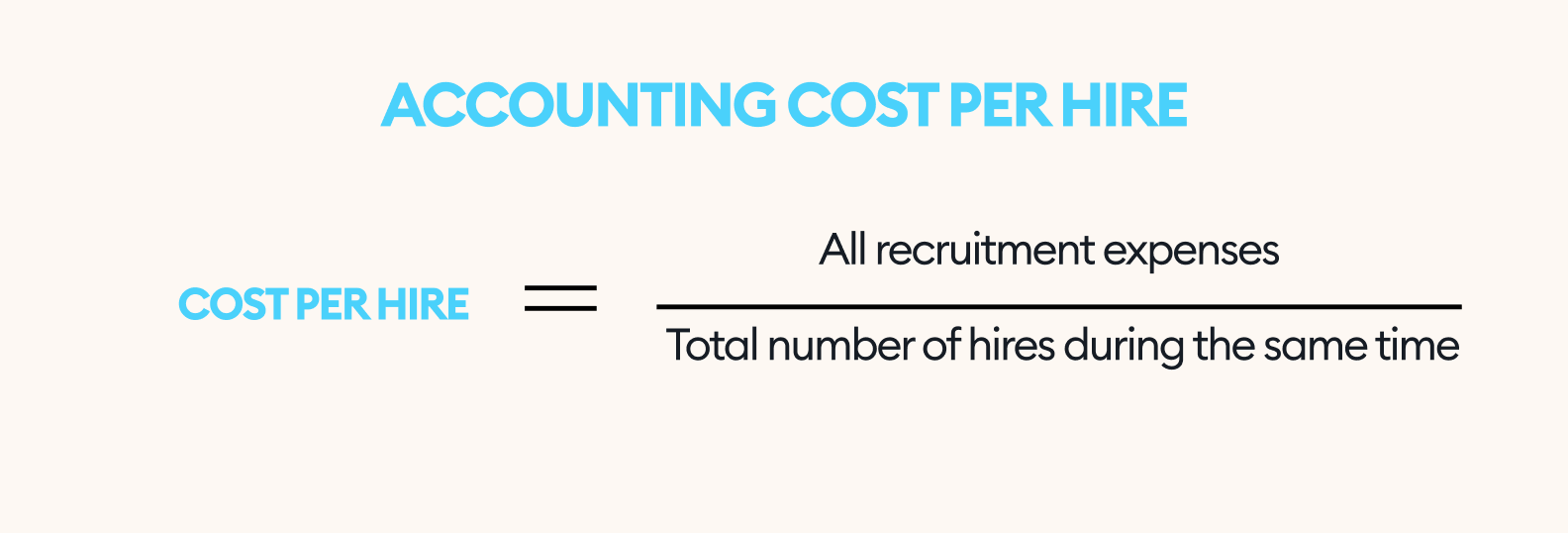
Cost per hire formula
What Else Is Relevant for an Effective Onboarding Process?
Just like anything else in HR’s work, the onboarding metrics and new hire onboarding KPIs that can help you enhance your onboarding process are almost endless… Dig deeper, and you’ll find more.
The things we can’t count but can see
Qualitative feedback is based on subjective observations and impressions of the employee’s performance, with no tracking metrics. Ask their colleagues to provide feedback on them, observe how they work, and try to build a connection. This will be enough to get an overall sense of both employee satisfaction and performance.
Another example is benchmarking. Analyzing a successful competitor’s onboarding strategy or even simply comparing your own employees’ success can help you build your IDEAL system of employee skills and competitors. Later, just compare current onboarding program results to these requirements.
Enhancing the environment for the behavior we can’t control
The first thing is continuous improvement. We can’t control the level of employee knowledge, but we can find new ways to improve the working environment that will stimulate employees to develop.
Customization is another option to improve the onboarding process. You can’t control the fact that someone doesn’t like to watch videos or can’t concentrate for more than ten minutes. But you can customize your training. And it’s better to do this with a robust, trusted tool.
Optimize Your Onboarding Experience with the Right LMS
So, there you have it, HR champions: TOP important onboarding metrics! 
Choosing the right LMS might appear challenging because there seem to be so many good ones. So, are these good LMSs in the room with us right now? Luckily, yes!
“The best systems would offer a “Qualification Program” which has job-critical tasks to accomplish and the employee can check-off in a given span of time. Lastly, all such systems should have a GPT chatbot to quickly guide folks on their needs, to include contact names, and more.”
iSpring Learn is a great example of an LMS for onboarding employees that can provide everything for corporate training, including onboarding automation.
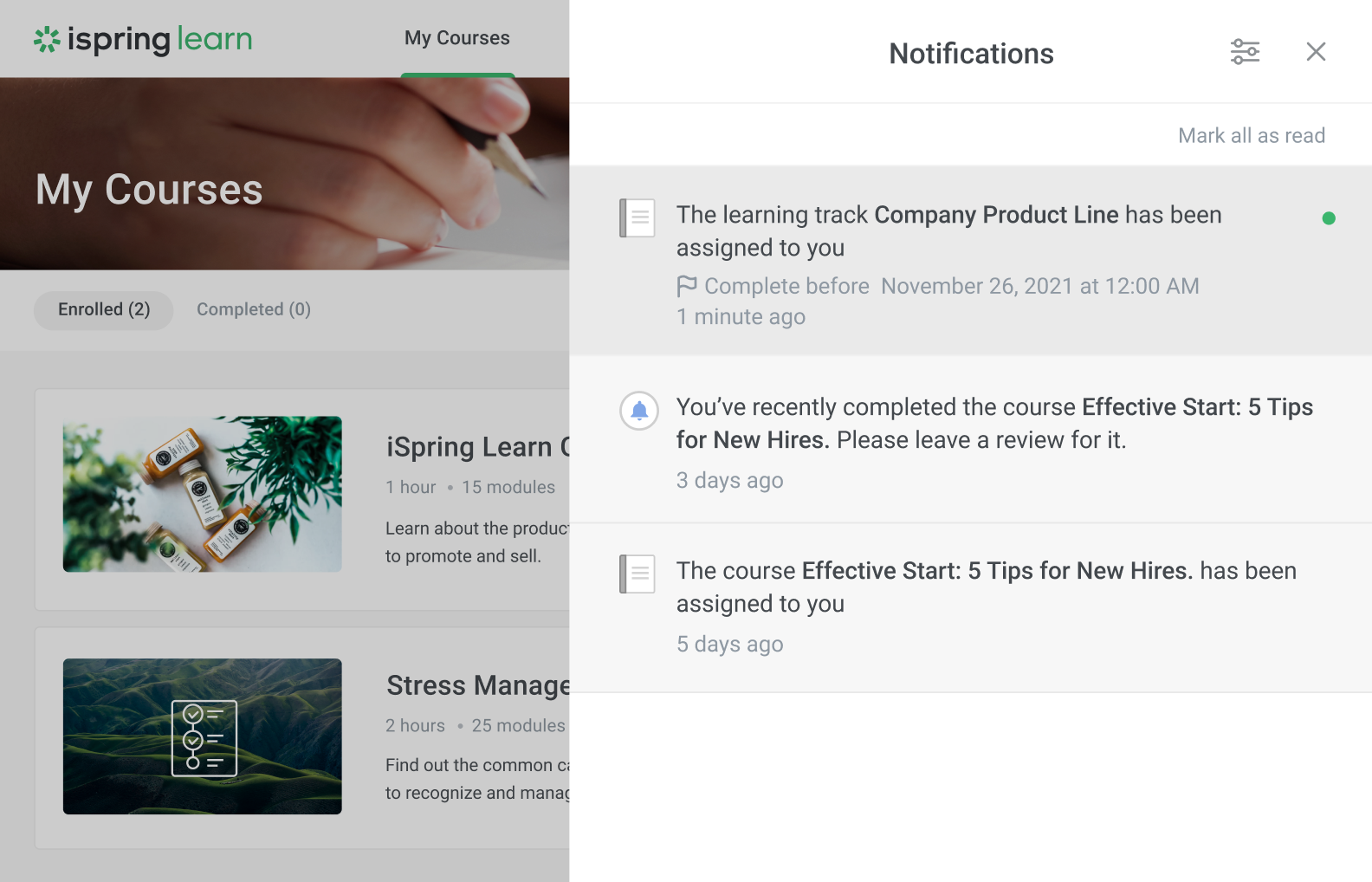
Onboarding with iSpring Learn LMS
If you play your cards right, you might just transform those hesitant new hires into your company’s biggest fans (and save yourself a headache or two along the way). Ready to start your onboarding success transformation today? Let’s get measuring! 



